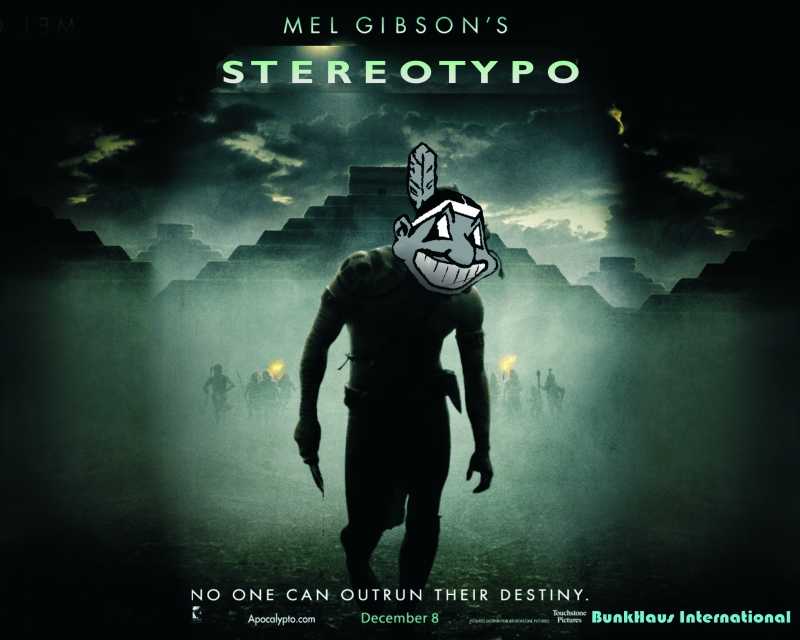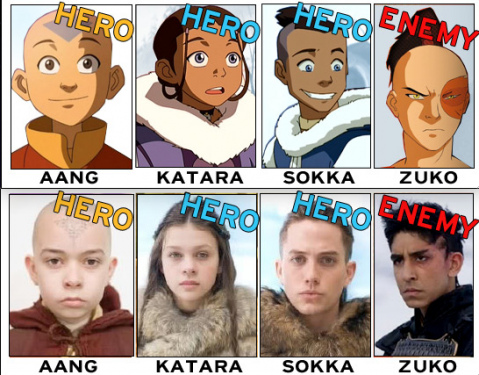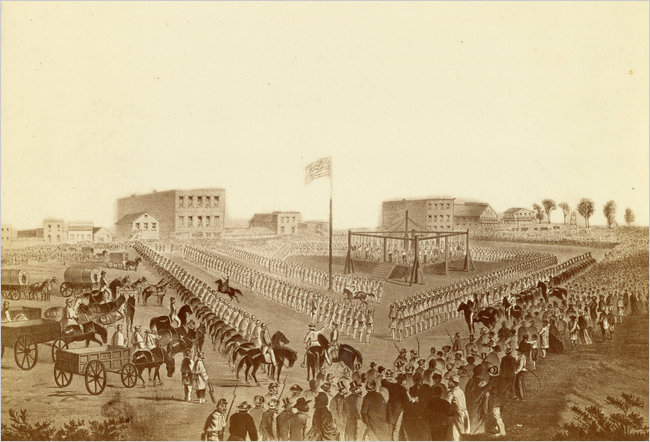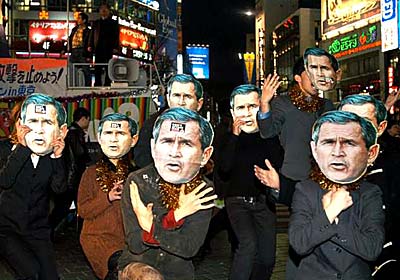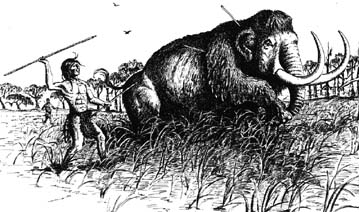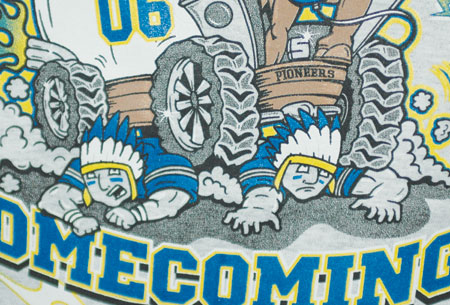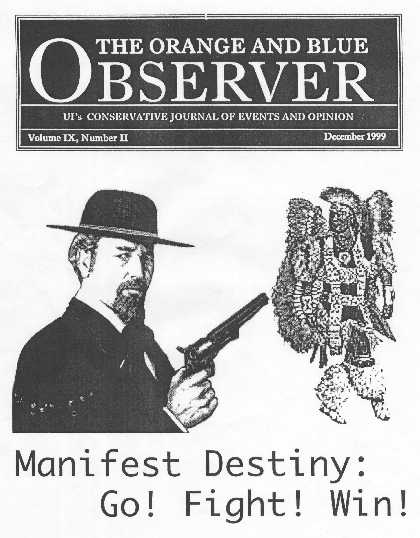Someone also mentioned the Annenberg survey on the Washington Redskins. I thought this was a different name for the same poll, but no. It seems Annenberg conducted a follow-up to the Sports Illustrated poll a couple of years later.
Here's the story:
Most Indians Say Name of Washington “Redskins” Is Acceptable While 9 Percent Call It Offensive, Annenberg Data Show
Ninety percent of Indians took that position, while 9 percent said they found the name “offensive.” One percent had no answer. The margin of sampling error for those findings was plus or minus two percentage points.
Because they make up a very small proportion of the total population, the responses of 768 people who said they were Indians or Native Americans were collected over a very long period of polling, from October 7, 2003 through September 20, 2004. They included Indians from every state except Alaska and Hawaii, where the Annenberg survey does not interview. The question that was put to them was “The professional football team in Washington calls itself the Washington Redskins. As a Native American, do you find that name offensive or doesn’t it bother you?”
Unfortunately, Annenberg's methodology confirms that these polls aren't very reliable. Among its demographic problems:
Moreover, a significant subset of Indians living on reservations don't have any phone service. They obviously weren't included in the survey.
Meanwhile, excluding Hawaii means excluding one of the most liberal states. We can presume that Hawaiians are more sensitive to mascot issues than residents of other states.
Offensive, bothersome, or wrong?
Perhaps a bigger problem is the nature of the question asked: "As a Native American, do you find that name offensive or doesn’t it bother you?" Among its problems:
As an example, I'm not offended when people use swear words in public. But I don't think these words are good, and I wouldn't name a sports team after them. So a name can be objectionable without offending me personally.
As another example, I'm not offended when people recite the Pledge of Allegiance at events. But I think it's silly at best and a mild form of brainwashing at worst. It's objectionable because it serves no rational purpose even if it's not offensive.
The same applies to the "Redskins" name.
Consider the poll's headline: Most Indians find "Redskins" acceptable. That's not what the question asked. It asked if the name bothers them, as in personally--a somewhat different attribute.
It's easy to imagine people's ambivalent feelings toward a stereotypical name or mascot. For instance, "It doesn't bother me personally, but if others find it offensive, I think it should go." Or, "It doesn't bother me personally, but I think it's biasing people's perceptions, so it should go."
In other words, the poll could've asked about more than just the "offensive/not bothersome" duality. It could've asked if the name was good or bad, right or wrong. The actual question is flawed because it doesn't probe the potentially nuanced feelings about "Redskins."
If the Sports Illustrated survey is anything like the Annenberg survey, both are skewed toward the non-Indian, mainstream, conservative position. Granted, a better poll probably wouldn't reverse the results, with Indians opposing mascots 90-10%. The true feeling toward "Redskins" and other team names and mascots is probably somewhere in the middle, not at either extreme.
For more on the Washington Redskins, see Kickstarter Campaign to Change Redskins Name and Red·skin n. Dated, Offensive, Taboo.



